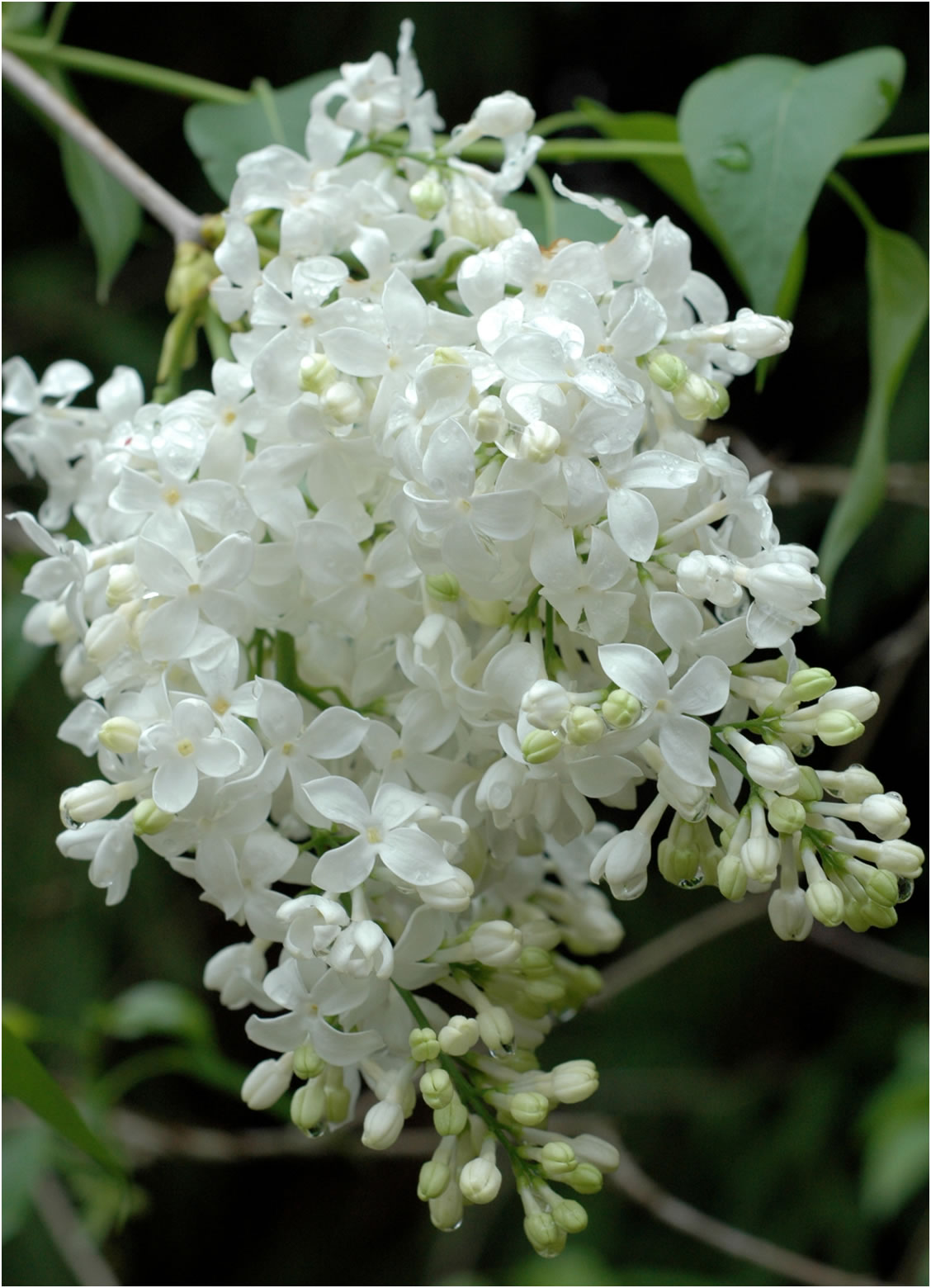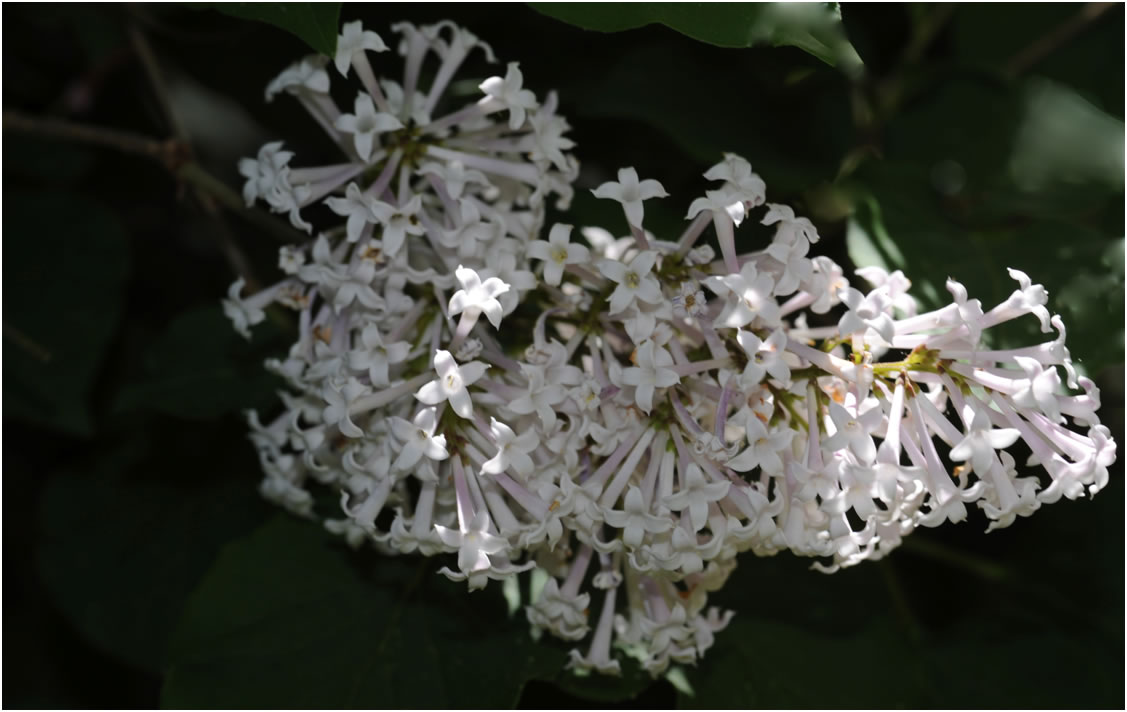
Mother’s Garden in Georgia - April 10, 2012
Lilacs and Fragrances
For the past week, wherever I walk in Mother’s Garden the fragrance of lilacs, even in the slightest breeze, trills the soul. Though this is a climate said to be too warm for lilacs they flourish in Mother’s Garden and in pocket microclimates in this area. Perhaps the influence of the lake has something to do with certain cultivars blooming for us regularly. I don’t really know but I do know that their perfume is enchanting and one never tires of it.
We do have a heat-loving variety, ‘Miss Kim’, and a few others that tolerate long, hot summers, but even a cultivar from Russia has flowered here. I only wish that the fragrance of the lilacs could come along with these articles!
Here are some photographs of ‘Miss Kim’.

In full sun the flowers are pale lavender. In the shade they become almost white.

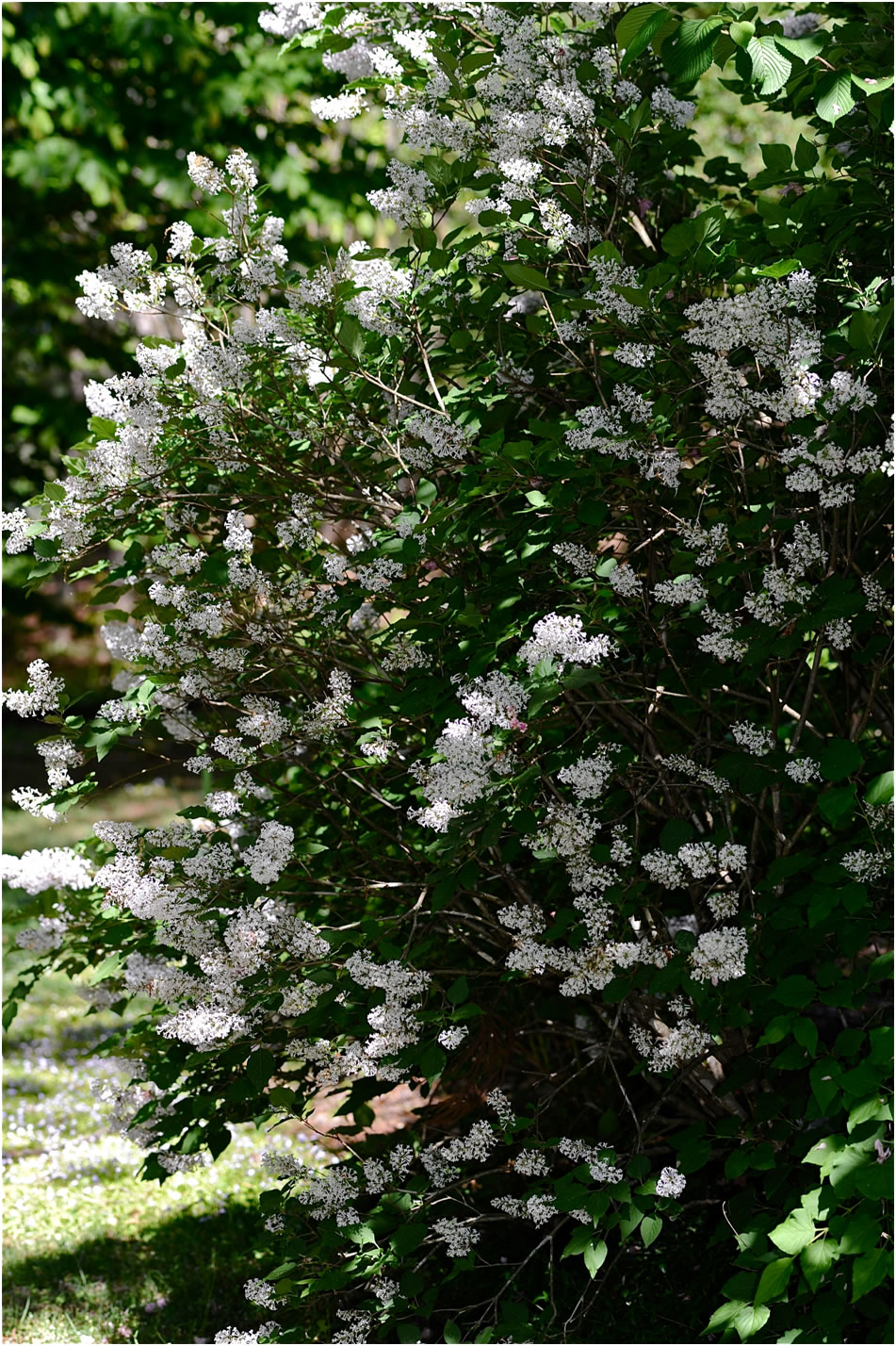
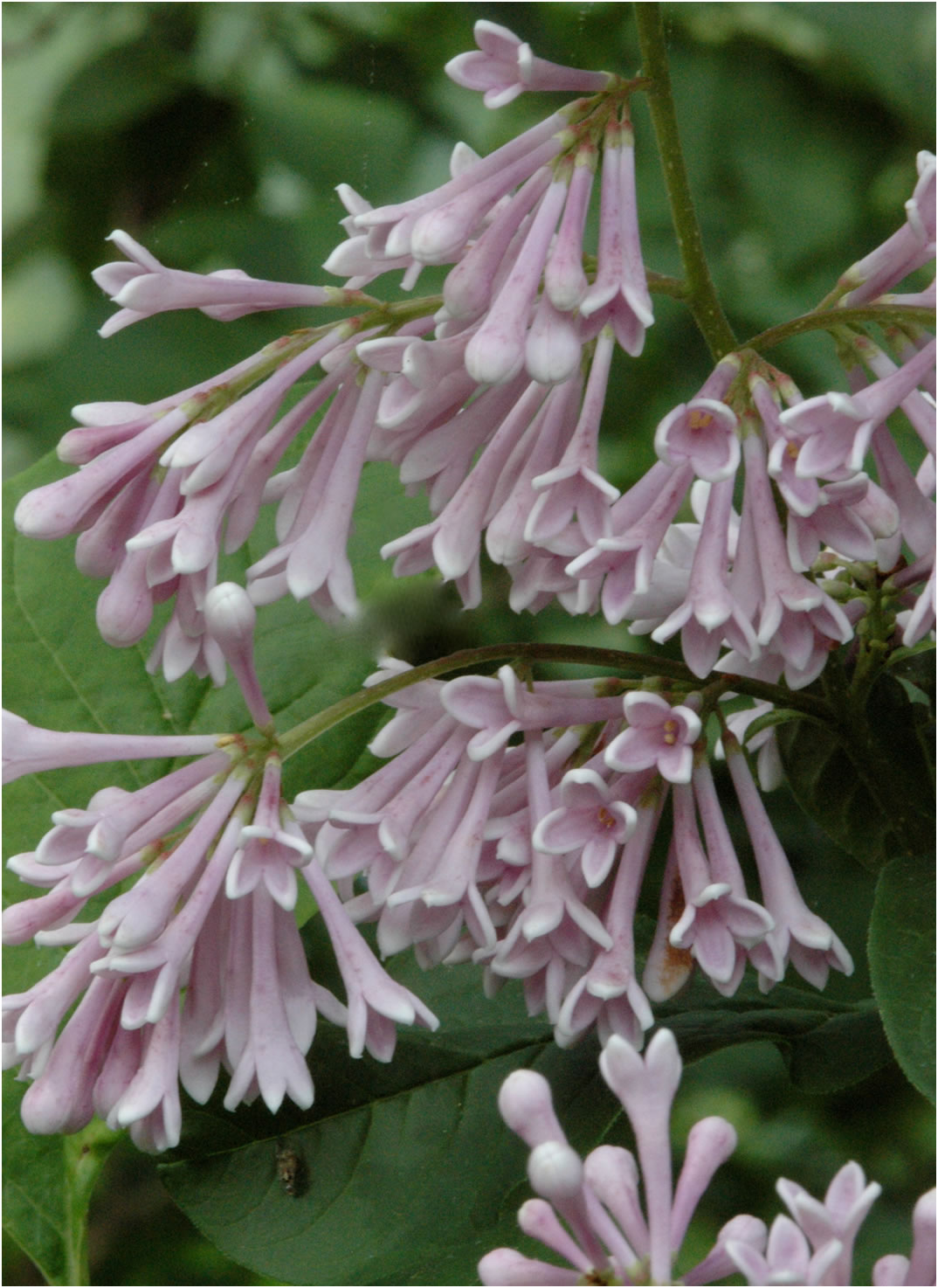
Another warm climate lilac
Lilacs are the common name for the genus Syringa.
Before we feast our eyes on the famous French lilacs,
Below is the significance of the lilac given by Mother
with Her comment.
Distinction
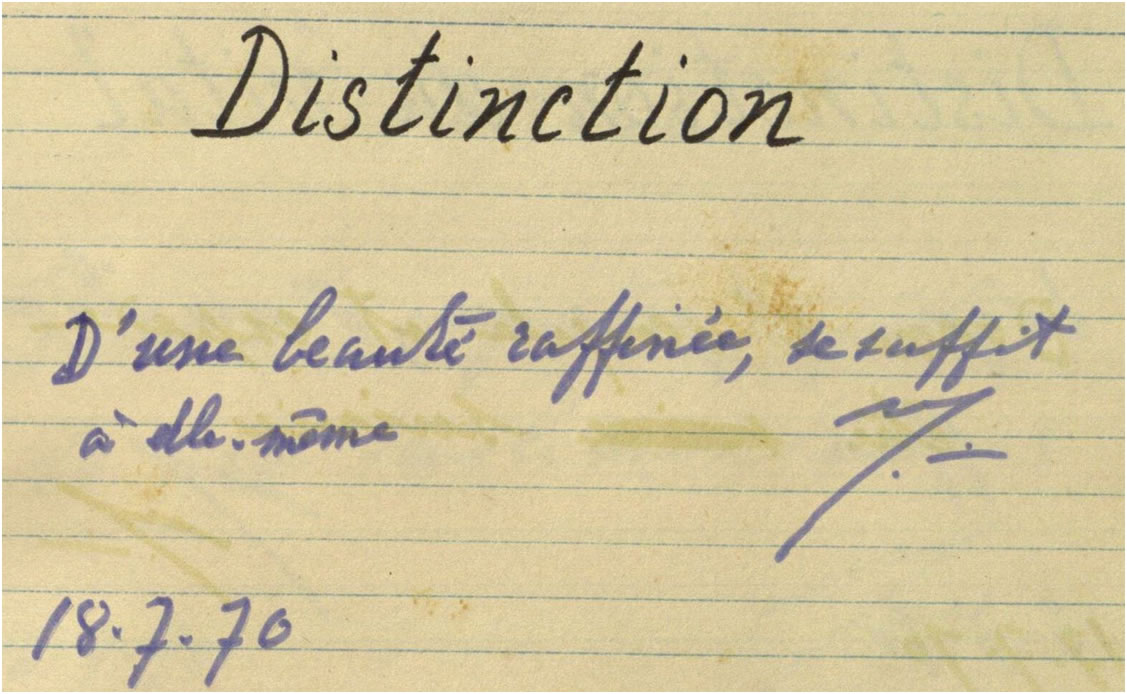
Of a refined beauty, sufficient to itself.
Walt Whitman (1819–1892)was highly praised by Sri Aurobindo.
Here is a stanza from his poem
When Lilacs Last in the Door-yard Bloom’d,
from his Leaves of Grass.
When Lilacs Last in the Door-yard Bloom’d
In the door-yard fronting an old farm-house, near the white-wash’d palings,
Stands the lilac bush, tall-growing, with heart-shaped leaves of rich green,
With many a pointed blossom, rising, delicate, with the perfume strong I love,
With every leaf a miracle......and from this bush in the door-yard,
With delicate-color’d blossoms, and heart-shaped leaves of rich green,
A sprig, with its flower, I break.
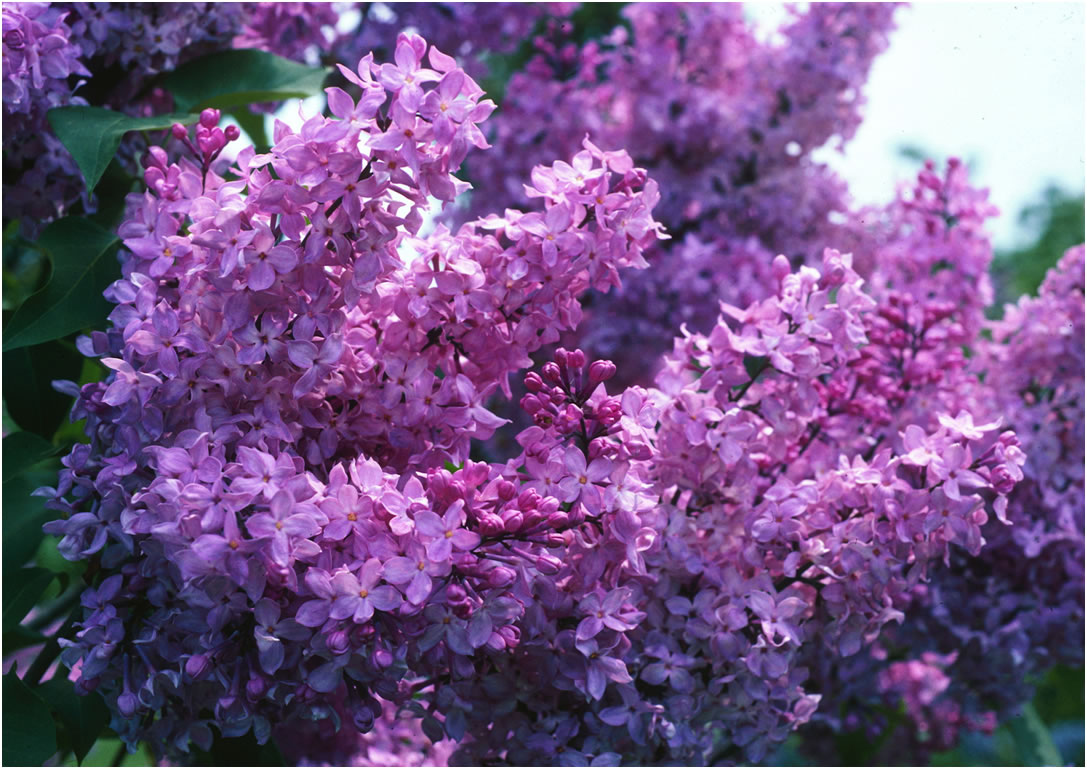
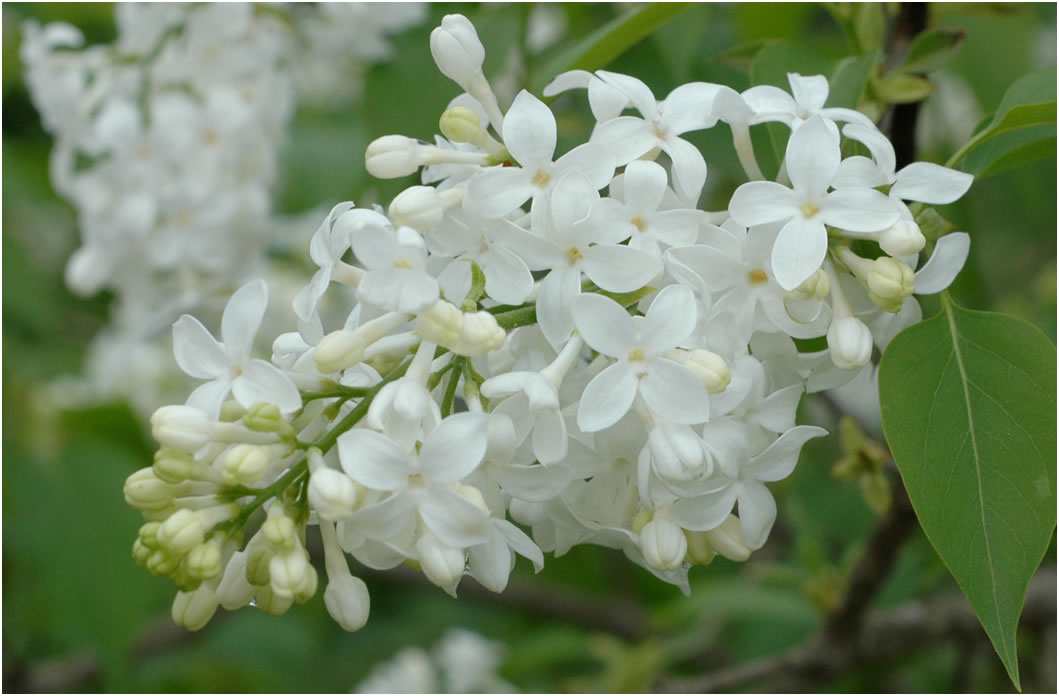
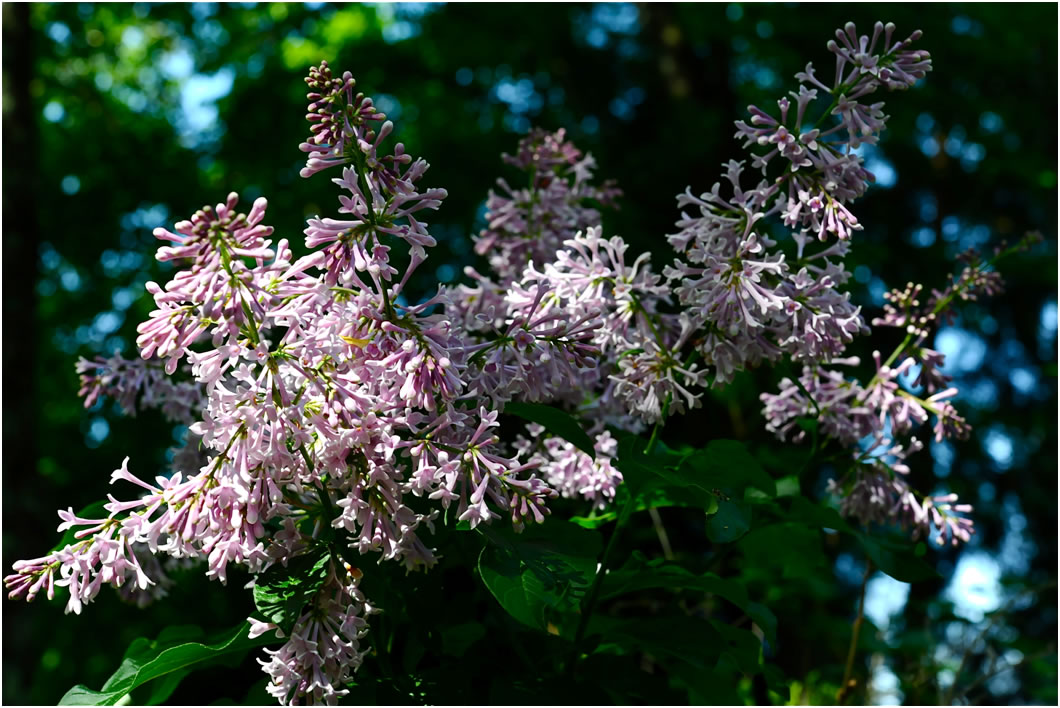

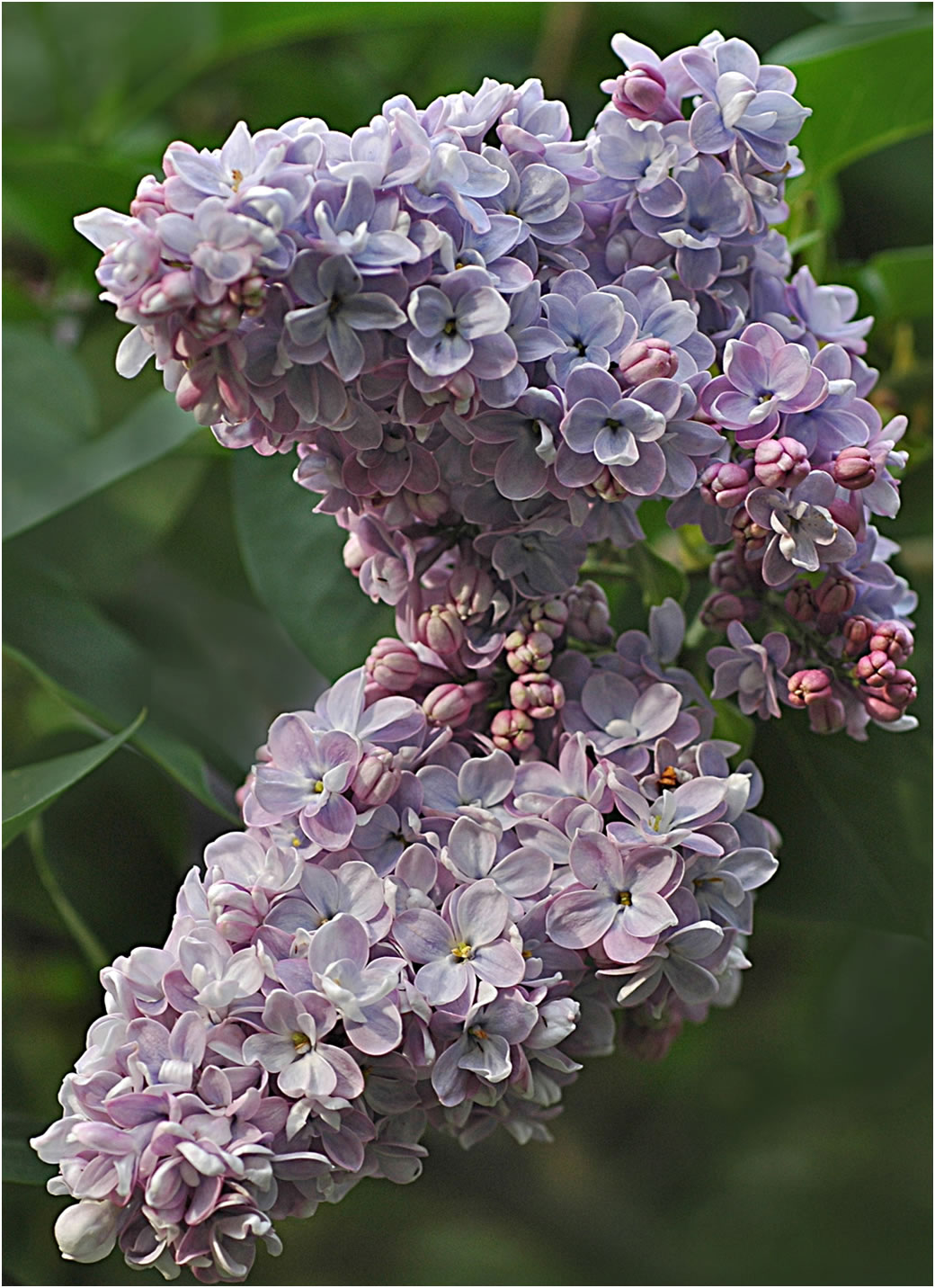
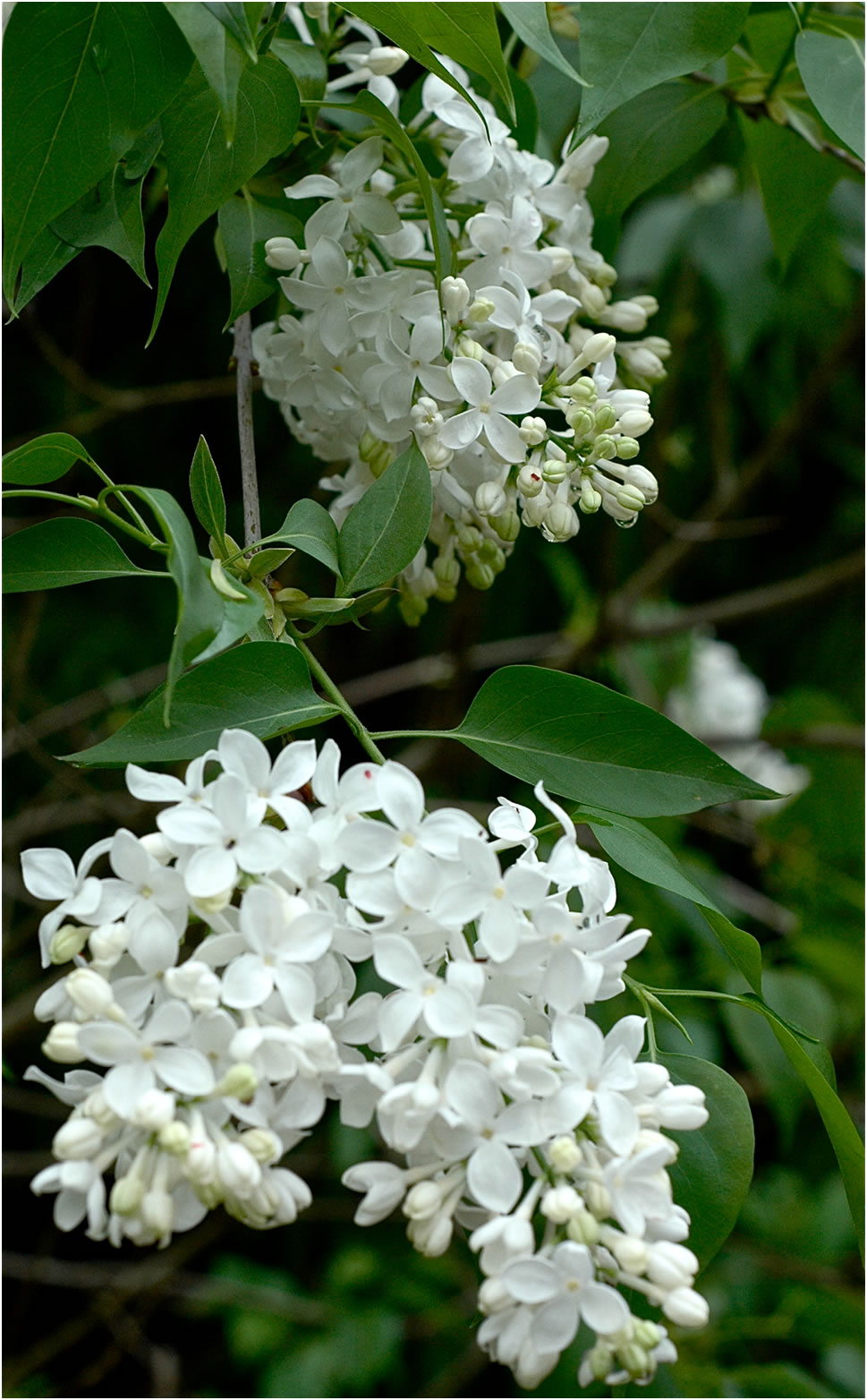
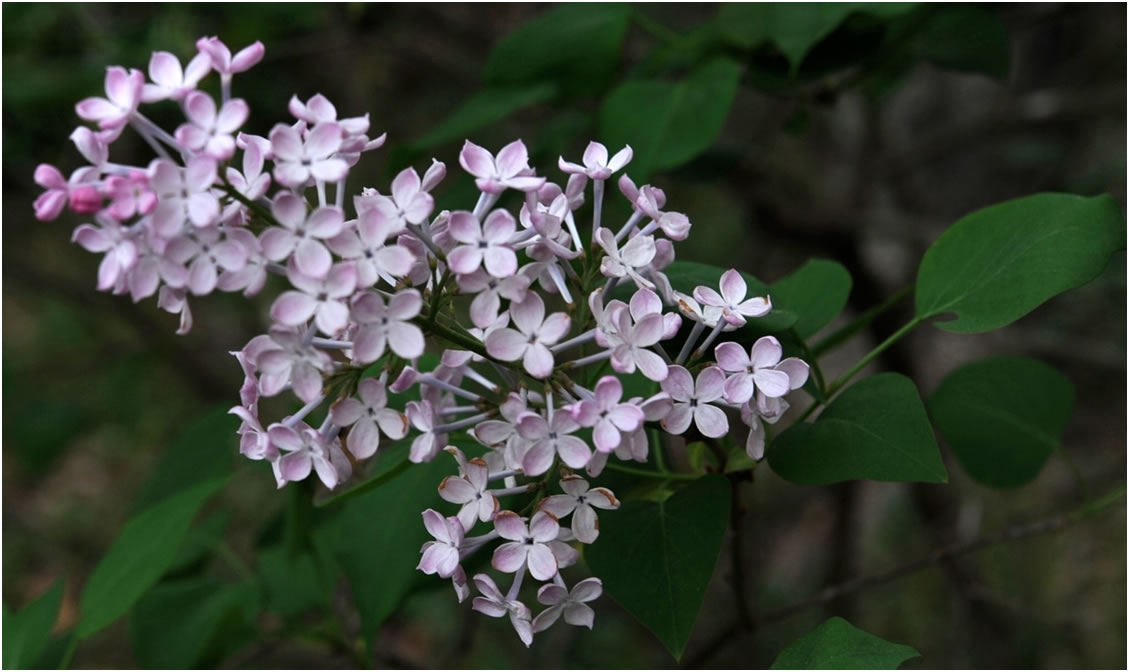

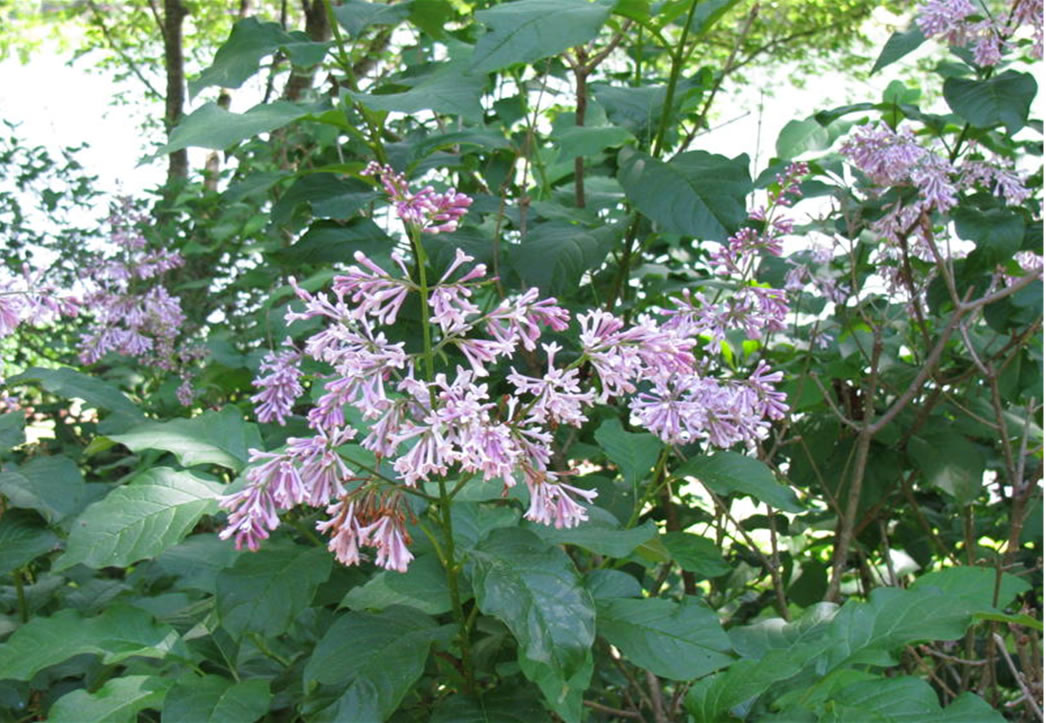
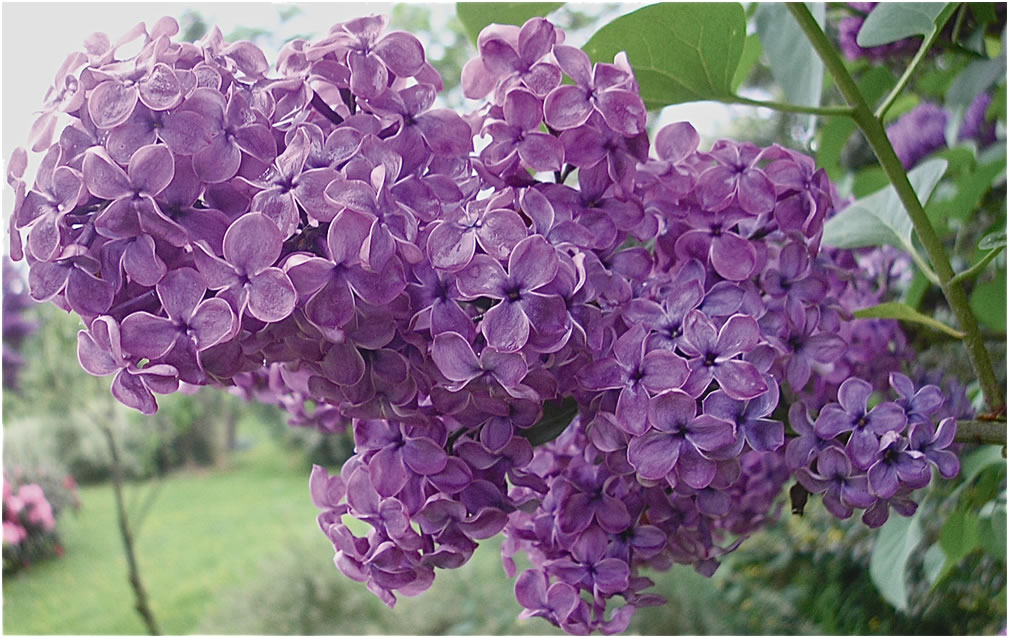
It’s largely the fragrances that have made me give flowers their significance…. I find these studies quite interesting; it corresponds to something really true in Nature.
Once, without telling me anything, someone brought me a sprig of tulsi [Ocimum sanctum}. I smelled it and said, “Oh, Devotion!” It was absolutely a … a vibration of devotion. Afterwards, I was told it is the plant of devotion to Krishna, consecrated to Krishna.
Another time, I was brought one of those big flowers (which are not really flowers) somewhat resembling corn, with long, very strongly scented stalks [Spiritual Perfume]. I smelled it and said, Ascetic Purity! . . . just like that, from the odour alone. I was later told it was Shiva’s flower when he was doing his tapasya.
These people have an age-old knowledge which they have preserved. In other words, it is something concretely true: it doesn’t depend at all on the mind, on thought or even on feelings – it is a vibration . .
Yes, this flower is Shiva, doing his tapasya.
And interestingly enough, its smell is fantastically attractive to snakes; it makes them come from far away to nest in the shrubs. And as you know, the serpent is the power of evolution, it is Shiva’s own creature; he always puts them on his head and around his neck because they symbolise the power of evolution and transformation. And snakes like this flower; it often grows near rivers, and wherever there is a cluster of the plants you are sure to discover snake nest.
I find this very interesting, for we didn’t decide it should be like this: these are conscious vibrations in Nature. The fragrance, the colour, the shape, are simply the spontaneous expression of a true movement.
The Mother
Scientists explain that flower shave perfume in order to attract insects. What do you think about that?
It is men who see and find a reason for everything – but I doubt if the Supreme has such preoccupation.
The Mother
